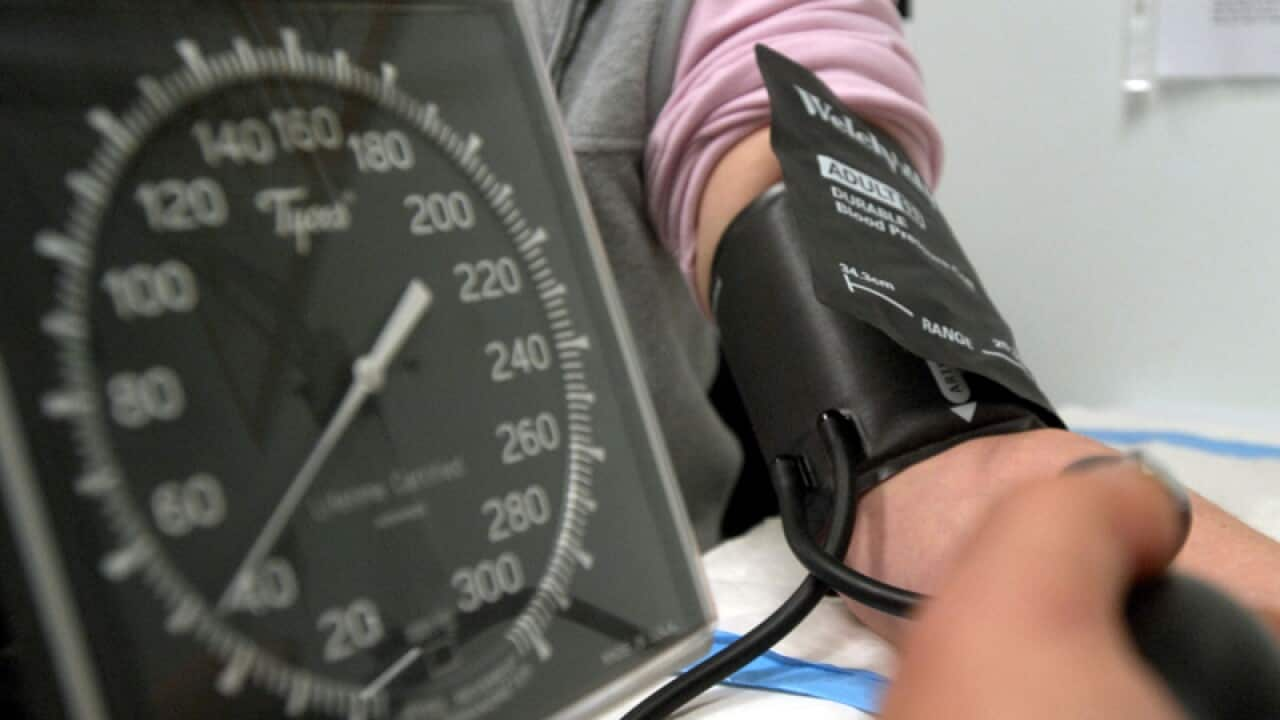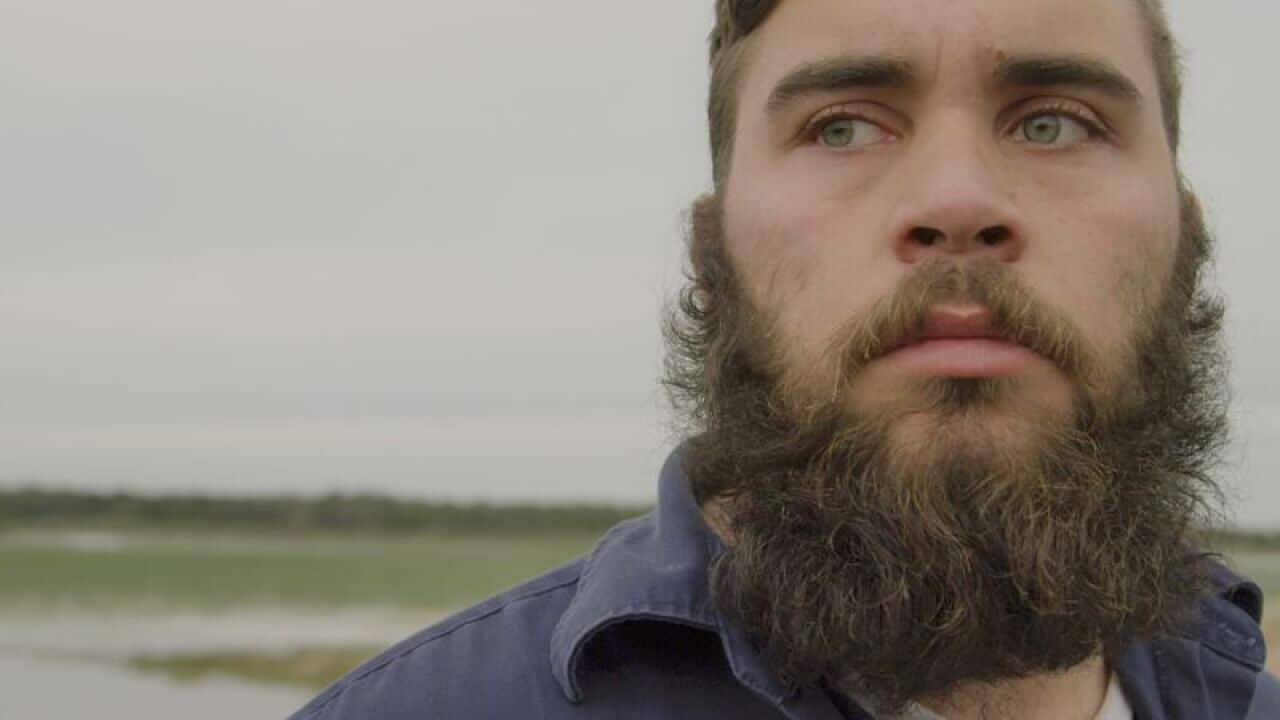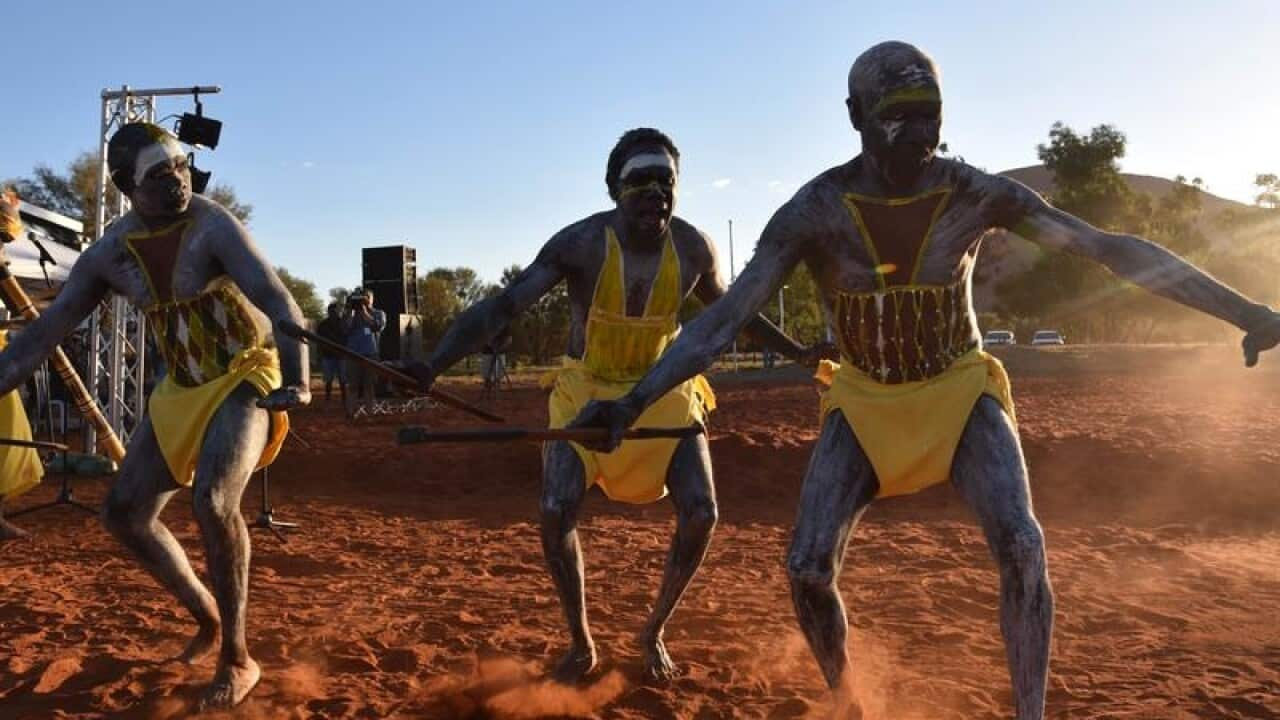When NSW health staff in Liverpool noticed Indigenous patients were not getting checkups for serious heart conditions, they took the drastic step of taking the hospital to the patients.
Heart disease is a leading cause of death among First Australians, comprising 14 per cent of deaths in 2015 . Aboriginal and Torres Strait Islanders are also 70 per cent more likely to die from circulatory diseases than non-Indigenous Australians.
Cardiac doctor Rohan Rajaratnam started the outpatient heart clinic at Budyari Aboriginal Community Health Centre when he noticed only 20 per cent of patients were returning to hospital for check-ups after heart attacks and for other heart conditions.
“There were issues around follow up of these patients once they’ve have accessed hospital, many of their significant risk factors were not getting addressed,” he told NITV News.
The Budyari Aboriginal Community Health Centre in Miller, just west of Liverpool in Sydney, was chosen as the site for the clinic as it already had strong links with the local community according to associate professor Rajaratnam.
“We needed an outreach clinic that would be centred in an area where they are already established, like an Aboriginal medical centre like this [one] to specifically address these issues of follow up,” he said.
Wiradjuri woman Ann Smith has been coming to the clinic for the last three years since she learned she had second-degree heart block and would require a pacemaker, after seeing cardiologist Dr Kadappu at the clinic.
“[I] had an ECG (electrocardiogram), and he said, ‘do you know you are going to need a pacemaker?’ and I said, 'yes, one day' and he said, ‘no, next week’,” she told NITV News.
According to Ann going to the clinic saved her life.
“It’s been really good; I actually think if I didn’t come here I wouldn’t be here today. The program has been a radical success with 90 per cent of patients now getting regular checkups, associate professor Rajaratnam said.
The program has been a radical success with 90 per cent of patients now getting regular checkups, associate professor Rajaratnam said.

Heart patient Ann Smith with Dr Kishor Kadappu at the cardiac clinic at Budyari Aboriginal Community Health Centre. Source: NSW Health
“Initially, the people from this centre, they used to call them (the patients) multiple times to [ask them to] come back. I had a follow-up rate of 50 per cent initially, but now 90 per cent of the people come back to see me. They are very happy to come here and get themselves checked for their heart condition,” he said.
The program has had to build trust, with many reluctant to attend at first, said Budyari Aboriginal health officer Wendy Pomeroy.
“For Aboriginal patients sometimes just going into the hospital system is overwhelming. Sometimes they think they will go in there and not come out,” she told NITV News.
“That’s what it’s all about with Aboriginal culture; it’s a buildup of trust."
Ms Pomeroy said that the right staff and the right approach had been the decisive factor in getting heart patients to attend the clinic.
“There’s no jargon that’s here between the nurses and Dr Kishor. They speak their word and they don’t confuse people. They take time, which is another important thing, and the clients that come here are really made to be felt special.
“That’s really important for Aboriginal people; they’re a bit hesitant to come to professional services."
Ms Pomeroy believes this has encouraged more and more people to attend checkups.
“The rates of attendance went up three fold, four fold because then it is verbal and it gets out into the community.”
There have been other health benefits flowing from the program as well, including higher rates of people quitting smoking, according to cardiologist Dr Kishor Kadappu, who works at the clinic each week.
"We found an increased number of patients stopped after coming to this clinic because as they talk to cardiac nurses, they will educate them regarding the cessation of smoking,” he said.
Ann Smith said she had never attended the Liverpool Hospital in her life but that she loved coming into the Budyari cardiac clinic for check-ups.
“I prefer to come here because it is more convenient and for the social side of it as well.”











